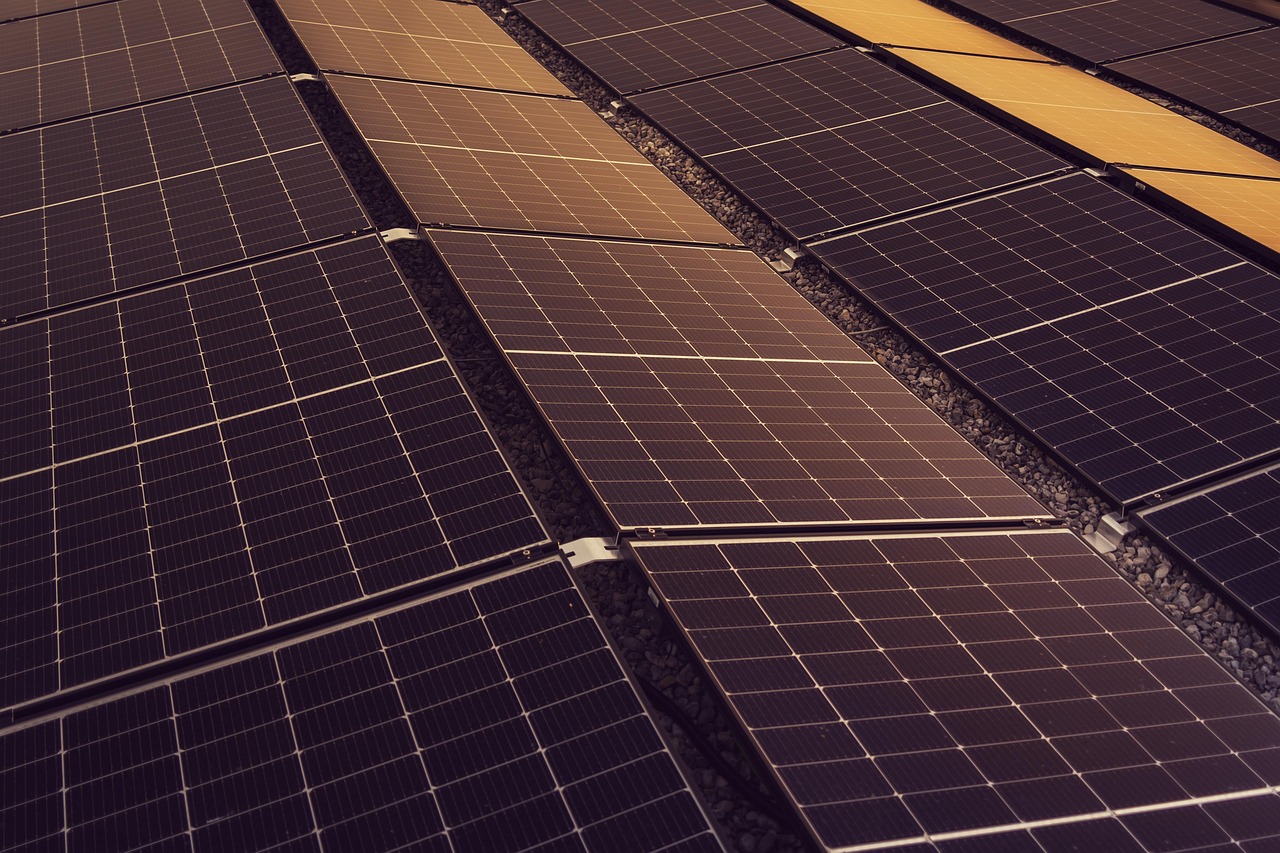Nuclear fusion has long promised to deliver clean, virtually limitless energy, but the path to commercialization has been hampered by complexity and astronomical costs. A groundbreaking achievement by TAE Technologies is changing that narrative, demonstrating a streamlined approach that could slash the cost of future fusion power plants by up to 50%.
In experimental results published in the peer-reviewed journal Nature Communications in April 2025, TAE Technologies revealed a revolutionary method for forming and controlling plasma—the superheated fourth state of matter essential for fusion reactions. The breakthrough centers on using neutral beam injection (NBI) technology to dramatically simplify the plasma formation process, reducing both the size and complexity of the fusion machine required.
The Cost Barrier to Commercial Fusion
The challenge facing fusion energy has never been purely scientific—it’s been economic. Creating and maintaining plasma at temperatures exceeding 50 million degrees Celsius while confining it long enough for fusion to occur requires extraordinarily complex machinery. Traditional approaches have resulted in massive, expensive facilities that seemed perpetually decades away from commercial viability.
TAE’s innovation tackles this problem head-on by fundamentally reimagining how plasma is created within their Field-Reversed Configuration (FRC) reactor design. Unlike conventional tokamaks that rely on massive external magnets, FRC plasmas self-organize and generate their own magnetic fields, inherently requiring less external infrastructure.
A 50% Cost Reduction
The company’s latest machine, nicknamed “Norm,” demonstrates that neutral beam injection alone can handle plasma formation—eliminating the need for separate, complex formation systems. According to TAE Chief Science Officer Toshiki Tajima, this NBI-only approach not only reduces system complexity and cost but actually improves plasma stability and overall machine performance.
TAE CEO Michl Binderbauer called the achievement “an inflection point” for fusion research and development, stating that it charts a path for streamlined devices that directly address the commercially critical metrics of cost, efficiency, and reliability.
The FRC approach offers several distinct advantages. The configuration can achieve up to 100 times more fusion power output than a typical tokamak of the same magnetic field strength and plasma volume. Additionally, the linear design is simpler to construct and maintain compared to the donut-shaped tokamaks that dominate fusion research.
Record-Breaking Progress in France
TAE’s breakthrough comes amid a surge of fusion achievements worldwide. In February 2025, France’s WEST tokamak reactor set a new world record by maintaining plasma for 1,337 seconds—22 minutes and 17 seconds—at temperatures of 50 million degrees Celsius. This topped the previous record of just over 17 minutes set by China’s EAST tokamak in January 2025, representing a 25% improvement in plasma duration.
These extended plasma confinement times are critical for future reactors like the International Thermonuclear Experimental Reactor (ITER), currently under construction in southern France, which will depend on maintaining stable plasmas for prolonged periods.
The Path to Commercial Reality
The fusion industry has transformed dramatically since the Lawrence Livermore National Laboratory achieved “first ignition” in December 2022—demonstrating for the first time that fusion could produce more energy than it consumed. That breakthrough sparked a wave of commercial activity, with companies now pursuing deployment timelines measured in years rather than decades.
With over 1,500 granted patents and more than $1.2 billion in private capital, TAE Technologies has built five generations of National Laboratory-scale devices and has two more in development. The company focuses on hydrogen-boron fuel, which produces no radioactive waste and represents the cleanest fusion pathway available.
The convergence of scientific breakthroughs, advanced computing capabilities, superconducting magnets, and significant capital investment from AI hyperscalers and other industries has shifted fusion from a perpetual “30 years away” promise to a realistic near-term solution for the world’s growing energy demands.
TAE’s latest achievement addresses one of the final major hurdles: making fusion economically viable at commercial scale. By cutting costs in half while improving performance, the breakthrough brings the promise of clean, safe, and virtually limitless fusion energy substantially closer to reality.
Sources:
- TAE Technologies - https://tae.com/tae-technologies-delivers-fusion-breakthrough-that-dramatically-reduces-cost-of-a-future-power-plant/
- Advanced Science News - https://www.advancedsciencenews.com/french-west-reactor-breaks-record-in-nuclear-fusion/
- Fortune - https://fortune.com/2025/10/02/nuclear-fusion-online-commercial-ai-power/
Photo by Michael_Pointner on Pixabay
